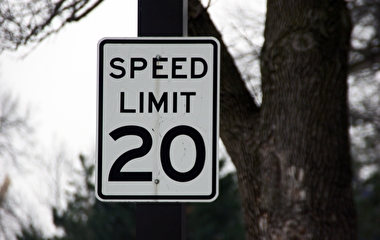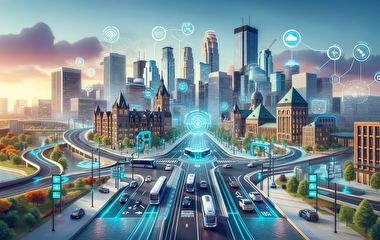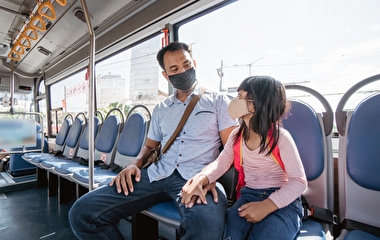The rise of mobile technology (such as 6G phones and in-vehicle Wi-Fi) is changing the way people spend their travel time and even altering their travel choices, and these changes will continue as technologies become more advanced and autonomous vehicle technology matures. Experts predict that as the increasing use of telecommunications makes travel time more useful, it will increase people’s willingness to travel.
In a recent report, Associate Professor Yingling Fan of the Humphrey School of Public Affairs explores the current understanding of how technology in motion will shape the future of travel and transportation.
Research has shown that rail and bus passengers use their travel time in a variety of ways, with roughly 55 percent of rail passengers and 40 percent of bus passengers engaging with technology. A number of factors affect how travel time is used, including journey purpose and direction of travel, age, gender and class, trip duration, and environmental factors such as seating availability. Recent studies have also suggested that telecommunications could significantly influence mode choice.
“Broadband access on public transportation systems has been shown to increase ridership and encourage people to shift from cars to public transit,” Fan says. “However, it plays less of a role than more important factors such as total travel time and service reliability.”
Her research also used data and activity categories from the American Time Use Survey to identify new activities that could occur “in motion” as self-driving vehicle technology matures. These include a limited set of personal-care activities, a limited set of child-care activities, eating and drinking, tobacco and drug use, and participation in religious activities. Fan’s analysis shows that the average person spends about two hours on these activity types daily.
New technologies could have several important impacts on our transportation future, Fan says. The ability to use information and telecommunication devices may continue to help attract “choice” riders (those who are able to drive and afford a vehicle, but choose transit) to transit. Self-driving cars may get larger in size to meet a growing demand for more space for increased activity options and improved comfort levels.
“In addition, travel patterns may change as a result of new technologies,” Fan says. “People may start traveling more as the number and usefulness of activities that can be conducted while traveling increases—they may be more inclined to replace hub-and-spoke trips toward a central point with circular trips chained together. The saved travel time and increased utility of travel are likely to encourage visits to more distant but more attractive destinations.”
Finally, mobile technology and self-driving cars are likely to have fundamental impacts—which may not be positive—on our society. These include transforming the urban form, making people more likely to choose housing location based on their preferences rather than spatial accessibility, and creating fewer but larger business centers.
The study was sponsored by the Minnesota Department of Transportation (MnDOT) and the Minnesota Local Road Research Board. “This research suggests that communications technologies will continue to impact our lives even more profoundly in the future,” says Ken Buckeye, program manager in MnDOT’s Office of Financial Management. “Where we live and work and our modal choices will be influenced strongly by our ability to stay connected in the manner we choose. This research has important implications for how we plan, develop, and operate our transportation networks and systems.”
Fan’s research is part of a multi-pronged study that analyzed the technological shifts altering surface transportation and the implications for Minnesota. Other contributors included principal investigator David Levinson, professor in the Department of Civil, Environmental, and Geo- Engineering (CEGE); Adam Boies, CEGE assistant professor; and Jason Cao, associate professor, Humphrey School of Public Affairs. Their high-level white papers are compiled in a final report: The Transportation Futures Project: Planning for Technology Change. Future issues of Catalyst will share findings from other chapters.



